- خانه
- معرفی پروژه
- طراحی معماری
- خانه حیات دار
منو
منو
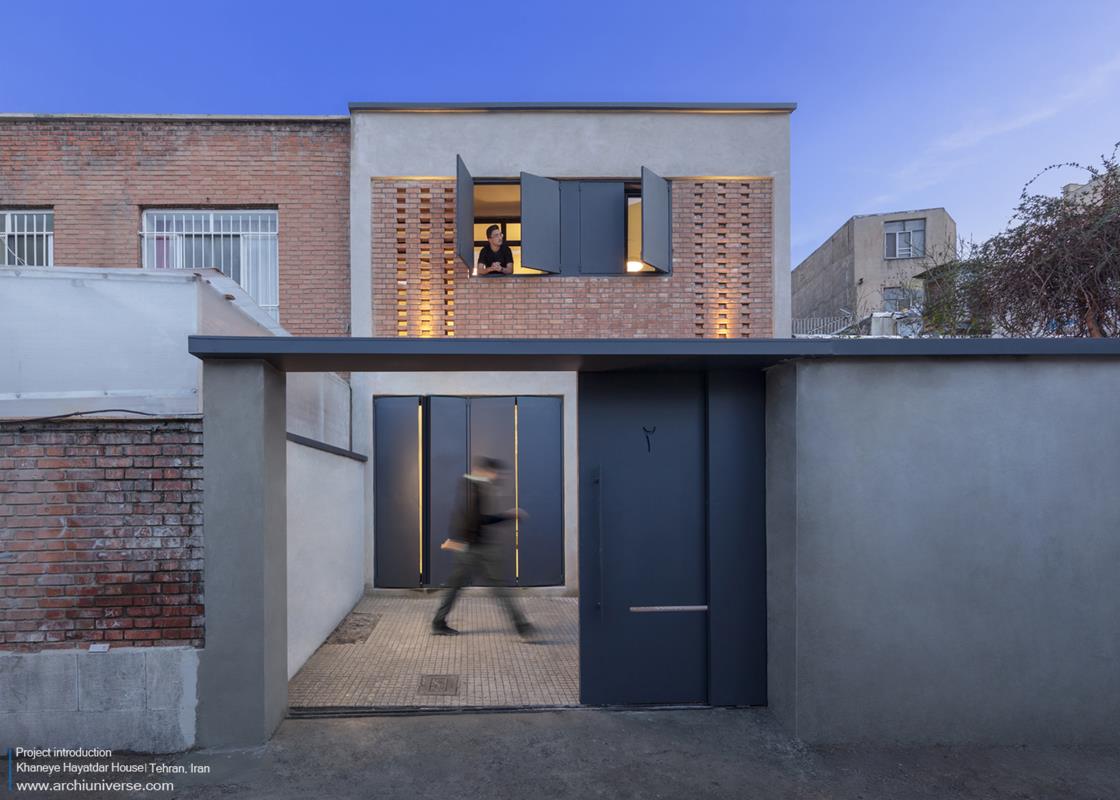
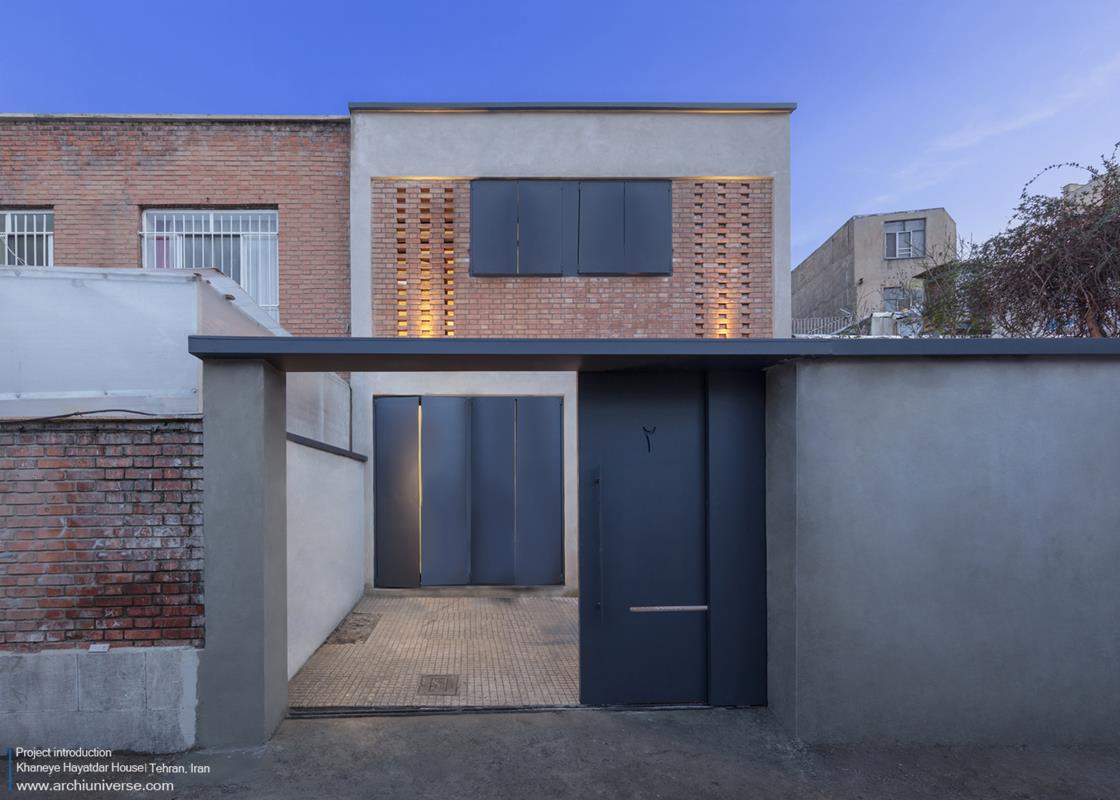
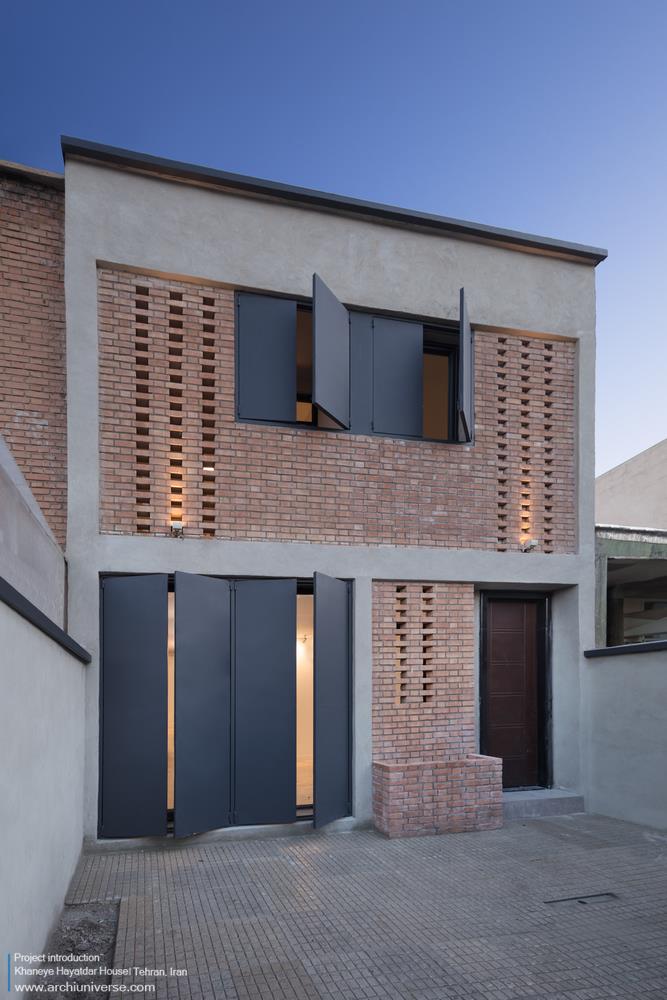
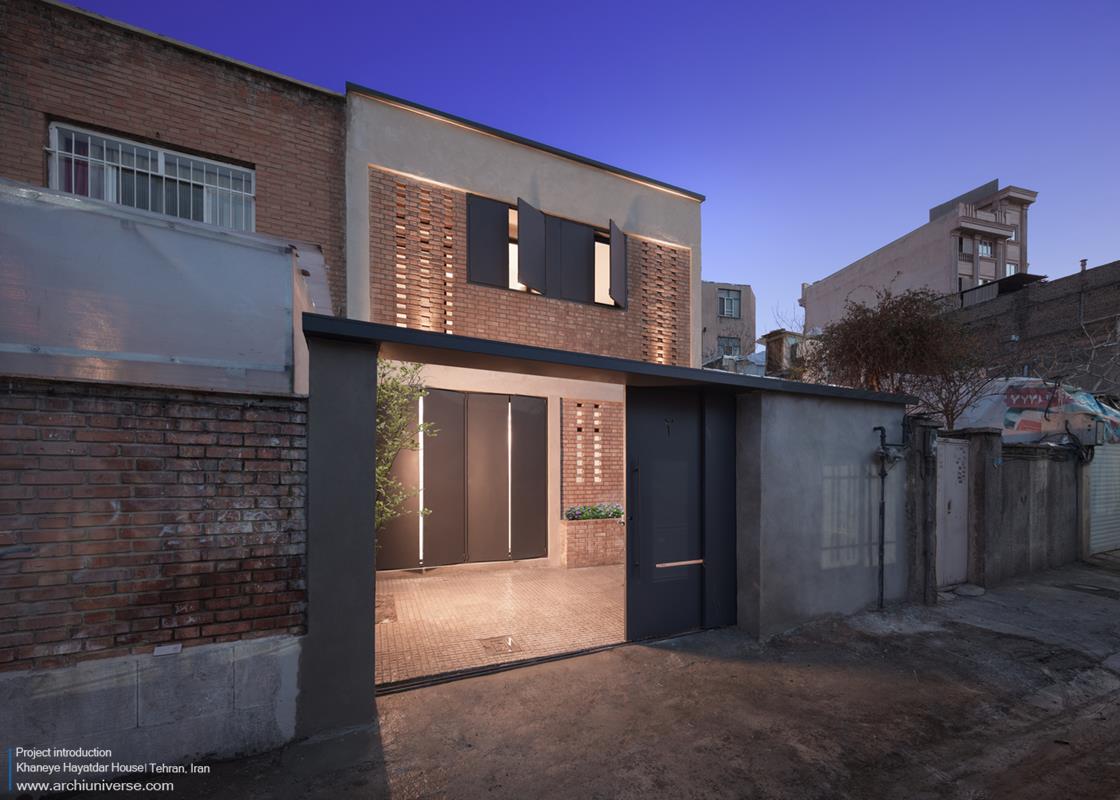
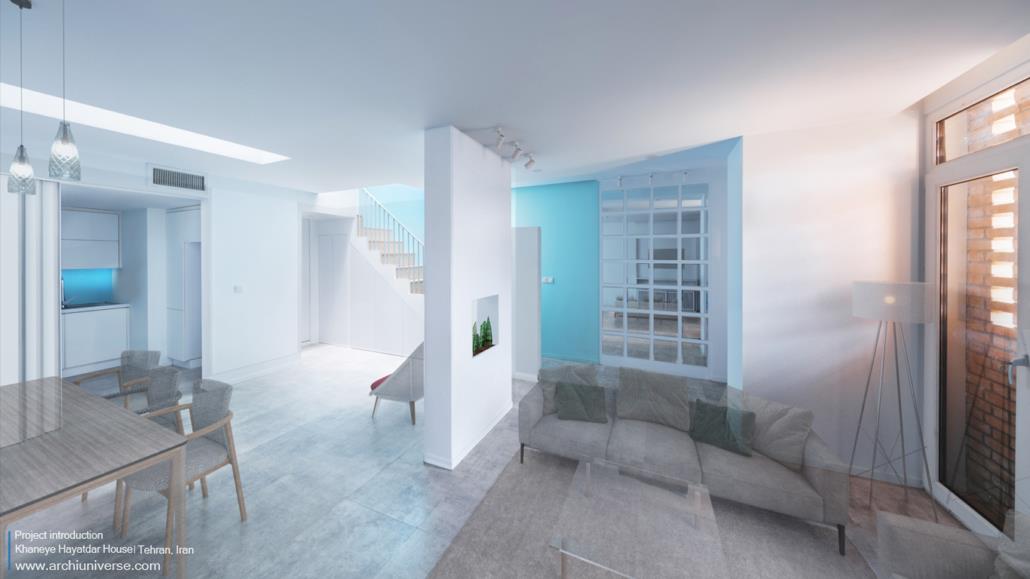
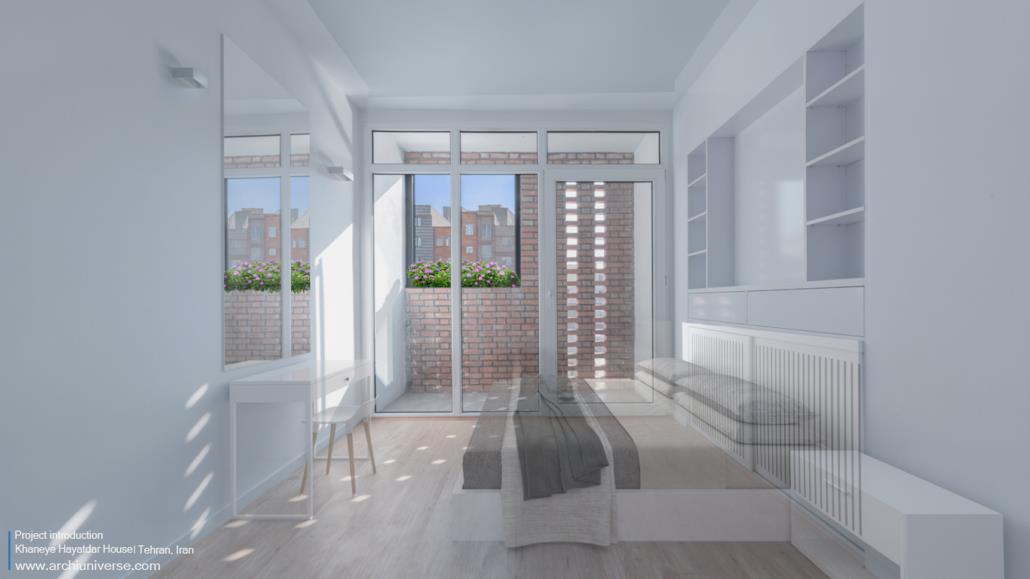
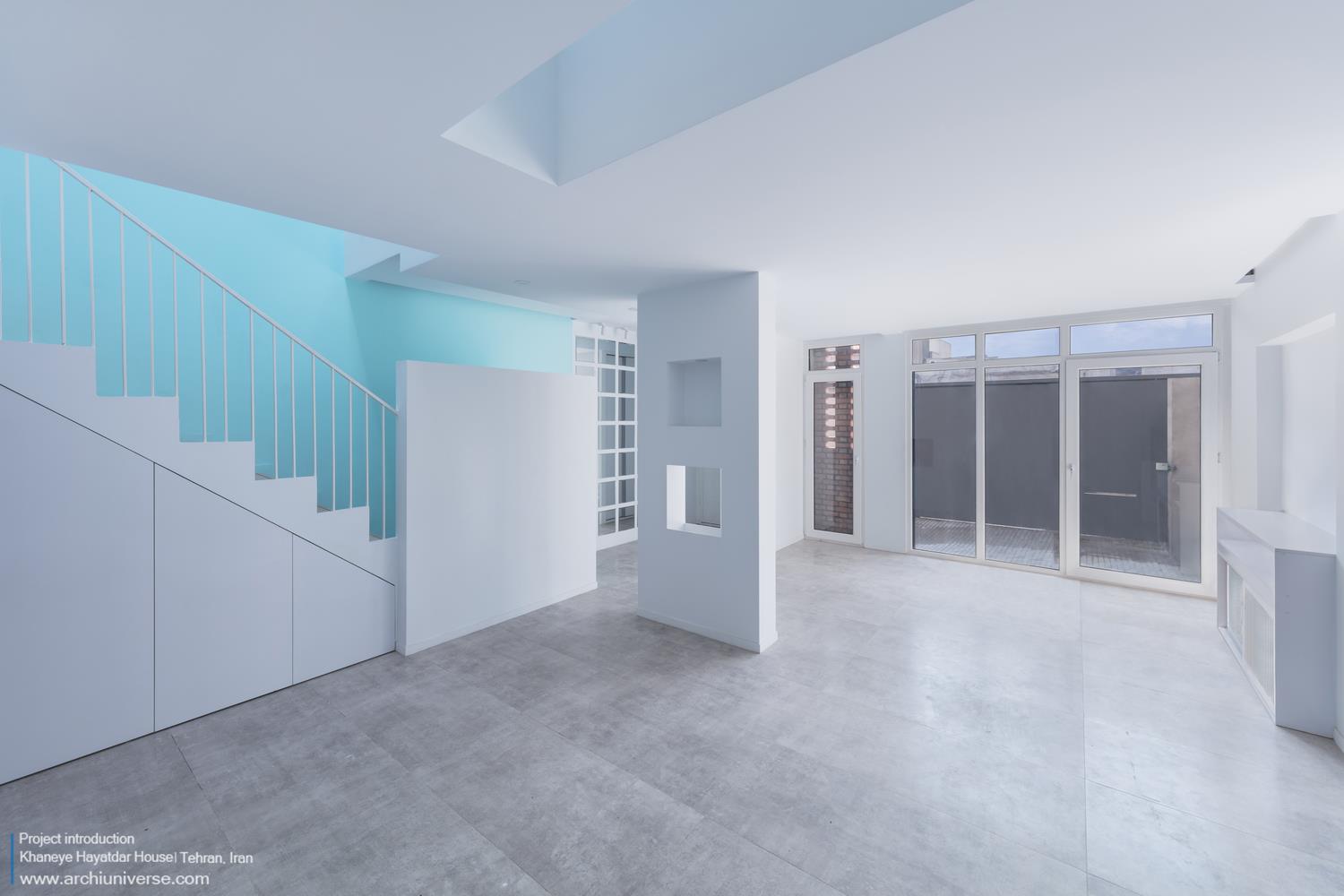
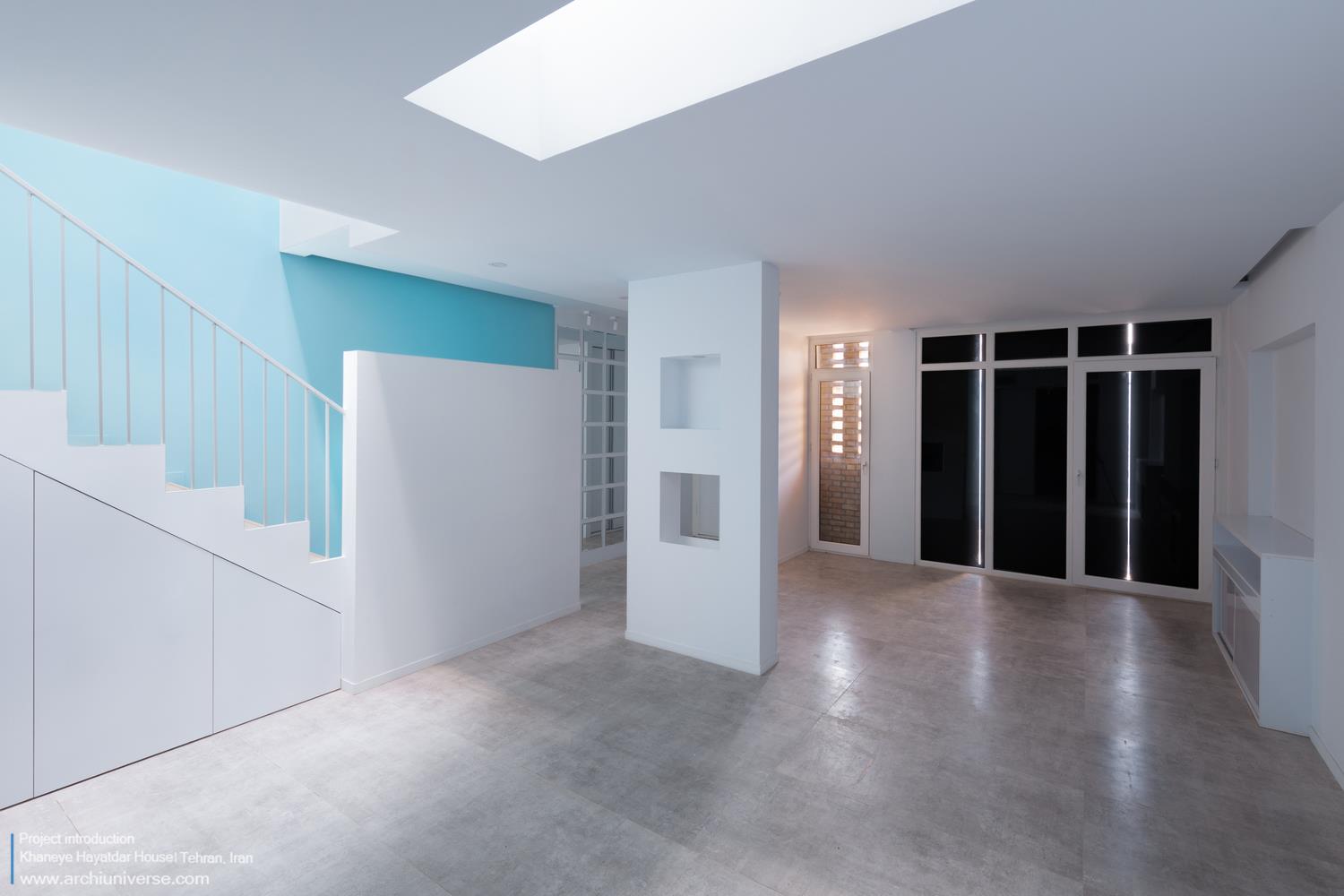
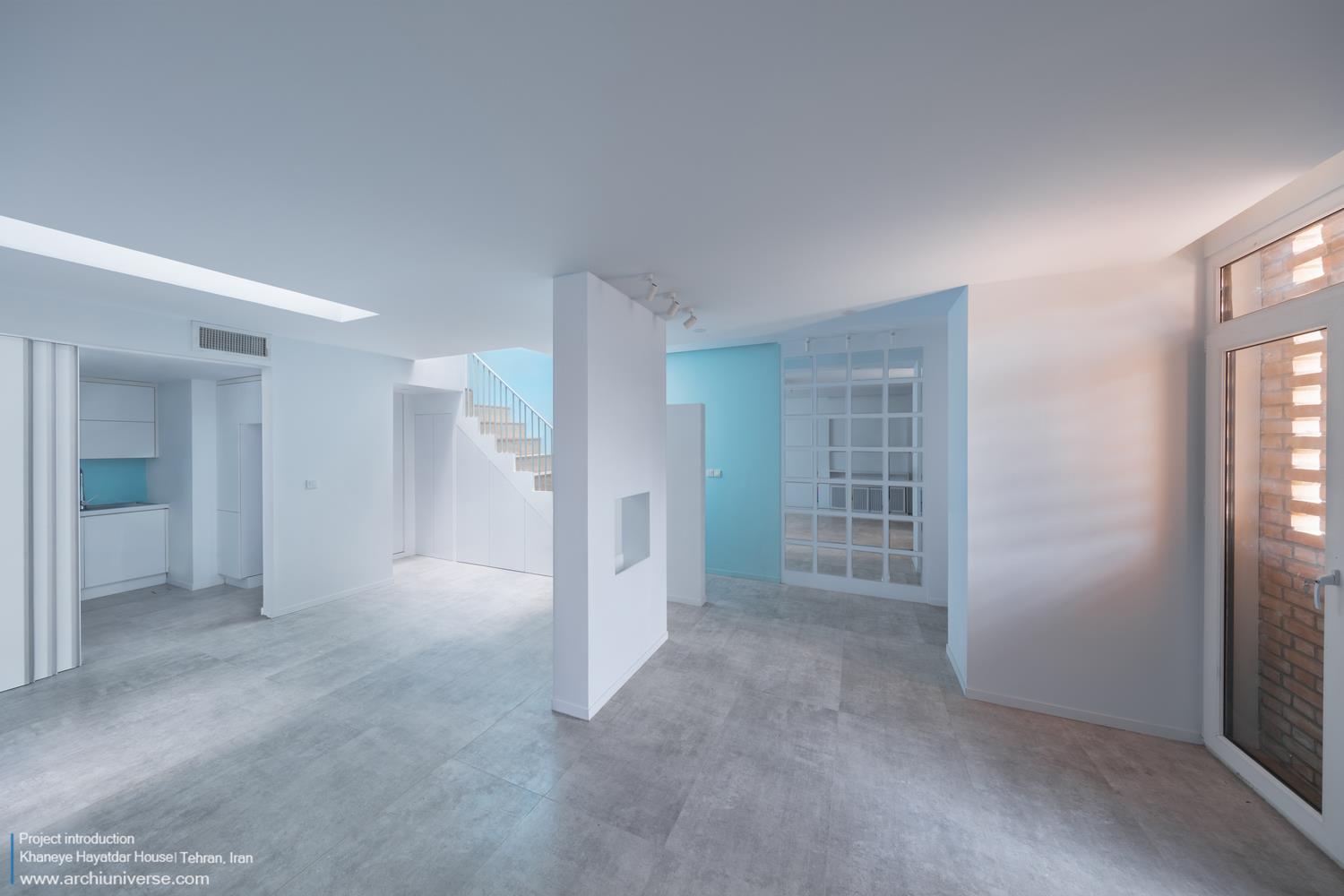
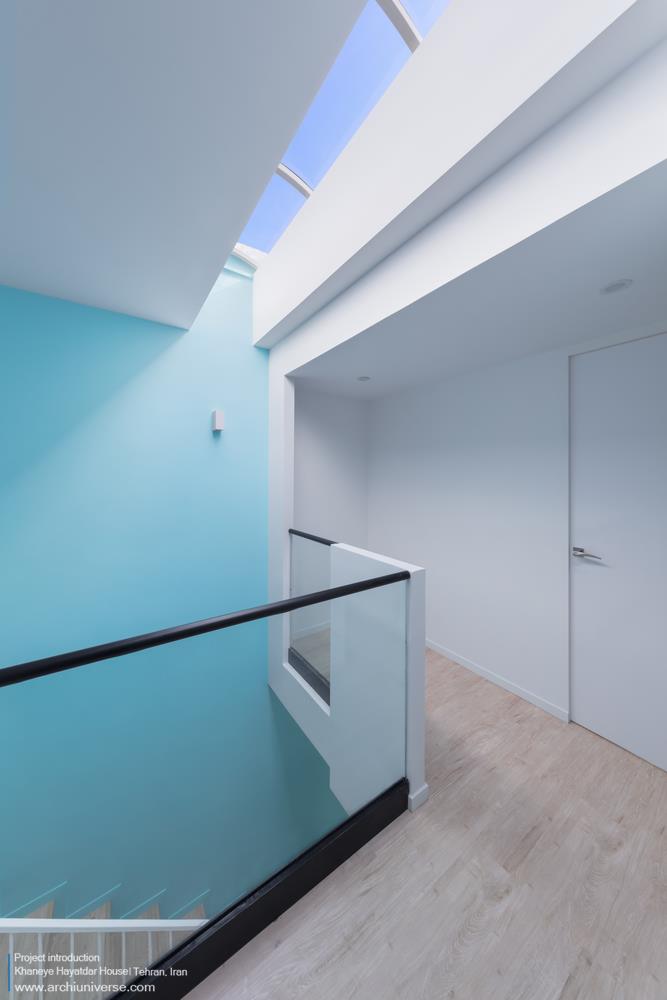
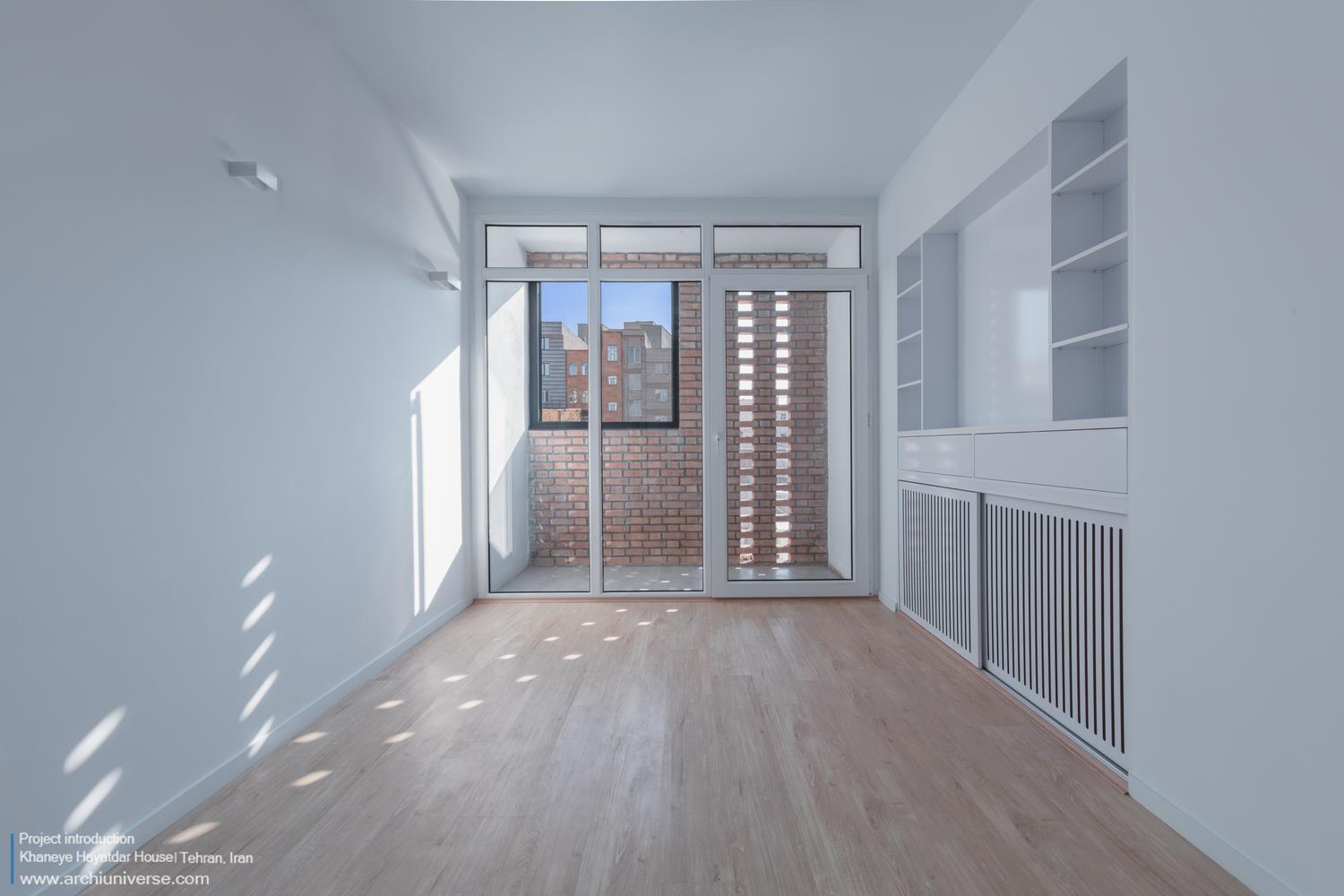
تجربه ی “خانۀ حیات دار” برای ما تجربه ی باز تعریف روح معماری ایرانی با ظاهری امروزی بود. ارزش نهادن به روح می تواند هر قالبی بپذیرد یا به عبارتی فارغ از قالب است.کشفِ چیزیست که وجود دارد، نه خلق چیزی که نیست. سفریست از خود، به خود بدون نیاز به یک قدم حرکت در هیچ جهتی. فقط بودن، کشف کردن و لذت بردن، در اینجا و اکنون.
در تفکر بسیاری از مردم ایران توسعه و ارزش در قبال دوری هرچه بیشتر از سنت ها و اصول تلقی می شود. خانه هایی با کاراکتر جدید و ناآشنا، بیشتر مورد پسند بازار مسکن قرار می گیرد. بازاری که زاده ی تفکرات سرمایه داری، مصرف گرایی و سوداگران ساختمانی است. هر روز شاهد “کوبیدن” ارزش ها و “ساختن” بی هویتی هستیم. در حالی که دور شدن از اصل، همواره باعث دردی میشود که روان آدمی را به بازگشت دعوت میکند.
“هر کسی کو دور ماند از اصل خویش
باز جوید روزگار وصل خویش” مولانا
“خانۀ حیات دار” در حالی به ما ارجاع داده شد که ساختمانی دو طبقه متروک، با مشکلات تاسیساتی و سازه ای جدی بود. نیت کارفرما، دوست داشتنی بود. او با سرمایه محدودی که داشت ترجیح داده بود خانه ای با حال و هوای خانه پدری خودش پیدا کند تا فرزندانش در آپارتمان های بی روح بزرگ نشوند، کودکی کردن را بیاموزند و بودن را حس کنند. از بدو ورود به سایت پروژه می توانستیم حس خانه را درک کنیم. طراحی چنین فضایی کار سختی نبود، همه چیز آنجا بود ما فقط باید کمی صیقلش میدادیم تا روحش نمایان شود.
قرار هایی گذاشتیم:
قرار اول طراحی ما این بود،”چیزی به آنجا اضافه و کم نمیشود”. طرح آجر ها با چینش موجود در خانه برای طراحی نما استفاده شد. طاقچه ها برای کاربردهای جدید باز تعریف شدند و آهن های خام، سیمان، چوب، کاشی و گچ ابزار ما برای طراحی بودند که جایی برای سلیقه شخصی طراح باقی نمی گذاشت.
حفظ سادگی این خانه قرار دیگرمان بود، هیچ چیز برای زیبایی، بیدلیل اضافه نمی شد, چرا که عریانی باعث ظهور فضا از پس ماده ها می شد. قرار آخرمان این بود که اگر چه این خانه حیاط کوچکی برای بازی کودکان دارد ولی خانه ای حیات دار طراحی کنیم. فضا های غیرمکلف را افزایش دهیم تا کاربر خودش طرح را کامل کند و خلاقیت و انعطاف حاکم باشد. حس کشف و بازیگوشی را در طراحی مقاطع اضافه کردیم وویدها علاوه بر ایجاد سیالیت بیشتر در فضا و ارتباط بهتر دو طبقه، اطلاعات کاملی از اتفاقات جاری در طبقات نمی دهند. همچنین آینه ها به دید های مبهم در این پروژه می افزایند.
چالش ها
کارفرما نگران نزدیکی بیش از حد خانه های مجاور و حریم خصوصی خود بود. همچنین به دلیل نا امنی منطقه نیاز به حفاظ هایی داشت که امنیت خانه و خانواده حفظ شود.از پس نگرانی کارفرما مشخص بود که فضایی امن و بدور از همهمه های شهر میخواهد. جداره ی پروژه ما بر گرفته از این ذهنیت کارفرما به یک فیلتر تبدیل شد که ارتباط با ناموزونی های بیرون خانه را به حداقل میرساند و در صورت تمایل بخشی از این فیلتر باز یا بسته میشد. از چیدمان آجر موجود در آن خانه، به عنوان راهکاری برای ورود نور بدون نگرانی از محرمیت خانه های مجاور استفاده شد. همچنین حفاظ های پنجره ها به المانی در طراحی نما تبدیل شد که باعث تغییر و پویایی نما میشد. بام پروژه تنها جداره ای بود که بدون نگرانی میتوانست نور را به قلب پروژه بپاشد و همچنین آسمان بخشی از سقف خانه مان شود.
تواضع
خانۀ حیات دار ، تنها خانه ی بازسازی شده در آن کوچه بود. نمای آن بسیار با احتیاط و حساسیت طراحی شد. رنگ مصالح و خطوط نما تا حد امکان برگرفته از خانه های مجاور بود تا متواضع و همگون در کنار همنشینانش بنشیند.
خصوصیات
سازه این پروژه به شدت نگران کننده بود و بیشترین هزینه و نیروی انسانی را برای تبدیل یک سازه سنتی و نشست کرده به ترکیب سازه فلزی با فونداسیون منفرد و دیوار های باربر تقویت شده، به خود اختصاص داد. در نورپردازی پروژه تا حد امکان از نور های مخفی و سایه روشن ها استفاده شد تا حس و حال روز با شب تناسب داشته باشد. روشن و خاموش شدن چراغ اتاق ها و تغییر زاویه تابش خورشید باعث پویایی نما و پروژه میشود.
The experience of the “house with spirit” for us, was an experience of redefining the soul of Iranian architecture with an Avangard appearance. Appreciating the soul can take any form, or in other words, it is independent of forms. It is the discovery of what exists, not the creation of something nonexistence. It is a journey from a self to its own, without the need for a single step in any direction. Just being, discovering, and enjoying, here and now.
In the minds of the Iranian majority, development and value are considered to get as far away from traditions and principles as possible. Houses with new and unfamiliar characters are more popular in the housing market. A market born of capitalist thinking, consumerism, and building traders thinking. Every day we see “hitting” values and “building” anonymity
While deviating from the principle always causes pain that invites the human soul to return to its source.
“Anyone who stays away from his origin
Will always search for it “/ Rumi
The “house with spirit” was referred to us while a desolate abandoned building with serious installational and structural problems. The intention of the employer was lovely. With a low and limited budget he had, he preferred to find a home with the atmosphere of his Childhood house so that his children would not grow up in lifeless apartments, let them be a child, feel the being, and just be. From the moment we entered the project site, we could understand the feeling of home. Designing such a space was not difficult, everything was there, we just had to polish it a little to make its spirit shine from the background.
We made rules for our design process, Our first design rule was, “Nothing will be added or subtracted.” The old brick pattern was used to design the facade with the layout of the house. The old shelves were redefined for new functions. Also, raw steel, cement, woods, tiles, and plasters were our tools for the design that left no room for the designer’s personal taste.
Preserving the simplicity of this house was our other rule, nothing was added for just beauty aspects because nudity would reveal the spirit of the space from the background of mind and matter. Our final decision was that although this house has a small yard for children to play, we would design a house with spirit. Increase nonessential functions for some spaces so that the user can complete the design himself and creativity and flexibility prevail.
We’ve added a sense of discovery and playfulness to the design of the sections, and in addition to creating more fluidity in the space and better connection between the two floors also do not provide complete information about events going on the floors to make it the house more interesting and mysterious. Mirrors also add ambiguity to the project.
Challenges
The landlord was concerned about the proximity of neighboring windows and his privacy. Also, due to the insecurity in the area, there was a need for protection to maintain the security of the home and family. After that, the landlord’s concern, it was clear that he wanted a safe space away from the hustle and bustle of the city.The wall, based on the mentality of the employer, has become a filter that minimizes the connection with out-of-home unbalances, and if desired, part of this filter would be opened or closed. The pattern of the bricks was used as a way to enter the light without worrying about the privacy of the neighboring houses. Also, the window protectors became an element for facade design, which made the facade more dynamic and created a nice play and variation for the facade. The roof of the project was the only Surface that could shed light on the heart of the project without worry, and the sky could be part of the roof of our project
Modesty
“The house with the spirit” was the only house renovated on that alley. Its facade was designed with great care and sensitivity. The materials and the design grids were taken from the neighboring houses as much as possible so that he could sit modestly and harmoniously with his companions.
Specification
The structure of this project was extremely worrying, and it took the most cost and manpower to turn a traditional, sedentary structure into a combination of a steel structure with a single foot foundation and reinforced load-bearing walls. In the lighting of the project, hidden lights and light shades were used as much as possible to make the day and night feel appropriate. Turning on and off the lights in the rooms and changing the angle of the sun makes the facade and the project dynamic. Also, small gardens in all interior spaces help to make the space more gentle.
” تمامی حقوق مادی و معنوی محتوا متعلق به پایگاه خبری جهان معماری می باشد “